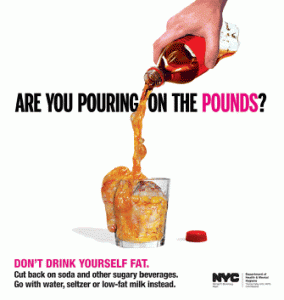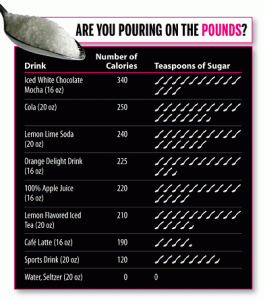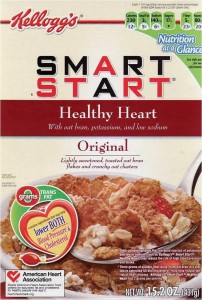What’s new in obesity prevention
Reports about what to do about obesity in adults and children are coming out one after another.
The HSC Foundation has produced Fighting Obesity: What Works, What’s Promising? (click on Fighting Obesity Report). Based on interviews, it reviews model programs that are having some success, such as The Food Trust, a Philadelphia-based nonprofit organization; The Consortium to Lower Obesity in Chicago Children (CLOCC); and The Coordinated Approach to Child Health (CATCH) Program. Its main conclusion: a focus on pregnant women and children will have the biggest payoff.
NIH has New Tools to Promote Healthy Habits, one of which is “We Can! Ways to Enhance Children’s Activities and Nutrition.” The online program tells families how to improve food choices, increase physical activity, and reduce screen time. [Question: do online programs do any good at all? I’d really like to know.]
Finally (for now), the Institute of Medicine and Robert Wood Johnson Foundation have produced Local Government Action to Prevent Childhood Obesity, with a mind-numbing 58 steps that governments could take to do some good . They also published a brief summary. Fortunately, the authors select the 12 actions most likely to succeed:
- Create incentive programs to attract supermarkets and grocery stores to underserved neighborhoods
- Require menu labeling in chain restaurants to provide consumers with calorie information on in-store menus and menu boards
- Mandate and implement strong nutrition standards for foods and beverages available in government-run or regulated after-school programs, recreation centers, parks, and child-care facilities, including limiting access to unhealthy foods and beverages
- Adopt building codes to require access to, and maintenance of, fresh drinking water fountains (e.g. public restrooms)
- Implement a tax strategy to discourage consumption of foods and beverages that have minimal nutritional value, such as sugar sweetened beverages
- Develop media campaigns, utilizing multiple channels (print, radio, internet, television, social networking, and other promotional materials) to promote healthy eating (and active living) using consistent messages
- Plan, build and maintain a network of sidewalks and street crossings that connects to schools, parks and other destinations and create a safe and comfortable walking environment
- Adopt community policing strategies that improve safety and security of streets and park use, especially in higher-crime neighborhoods
- Collaborate with schools to implement a Safe Routes to Schools program
- Build and maintain parks and playgrounds that are safe and attractive for playing, and in close proximity to residential areas
- Collaborate with school districts and other organizations to establish agreements that would allow playing fields, playgrounds, and recreation centers to be used by community residents when schools are closed (joint-use agreements)
- Institute regulatory policies mandating minimum play space, physical equipment and duration of play in preschool, afterschool and child-care programs
A 12-step program for preventing childhood obesity! These are good ideas. What will it take to get them put into practice?





